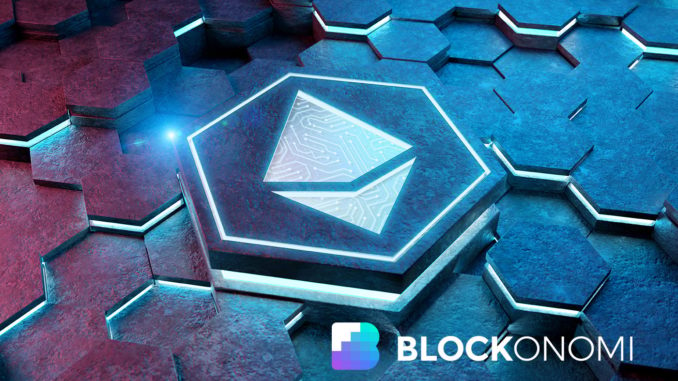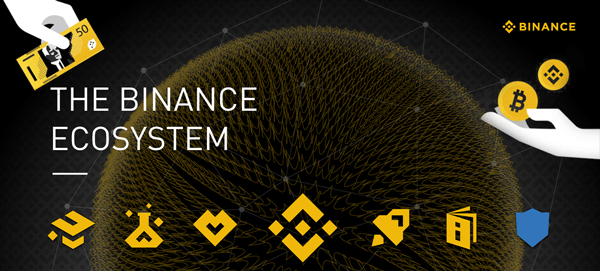
As Ethereum’s Shanghai upgrade is well underway, all eyes are set on Ethereum’s largest staking pool – Lido, and its decision on whether to sell or stake its $30 million worth of Ether.
Why Does It Matter?
Following The Merge last year, the Shanghai upgrade is the next most anticipated event in the crypto market. Scheduled for March 2023, the upgrade will unlock a number of Ethereum Improvement Proposals (EIPs) to benefit the network.
Among those EIPs, EIP-4895 is a significant topic of recent discussions due to its effect post-Shanghai.
To first understand why it matters, it’s necessary to travel into the past. Ethereum successfully transitioned from Proof-of-Work (PoW) to Proof-of-Stak (PoS) after The Merge took place.
Remarkably, the event also ended mining activity on the blockchain and kicked off staking. This means that validators staked their ETHs to earn returns.
Staking?
Two common ways to stake ETH are through centralized exchanges (for example Binance, Kraken) or liquid staking protocols (for example Lido and Stakewise). Since the launch of Beacon Chain (Ethereum’s proof-of-stake chain) in 2020, it’s been estimated that 16 million Ether staked, equivalent to $22.38 billion.
The staked funds will not be unlocked until the Shanghai upgrade next month. Evidently, the event flags bearish momentum. In fact, when the Shanghai hard fork launches, it could have a big impact on the price of ETH.
Simply because it allows users to withdraw their ETH staked 2 years ago and this could lead to a wave of sell-offs. While not everyone who stakes ETH may want to sell their ETH, the volume in the deposit contract is huge.
Users might need to withdraw a large amount of Ether, and Lido’s treasury might in risk of not having enough cash to pay them. Steakhouse Financial, a DAO’s financial unit, sent 4 proposals to the LidoDAO regarding its treasury management. Those include: staking treasury ETH, selling ETH, swapping ETH for stablecoin, and selling “protocol surplus sETH to finance operating expenses.”
The potential risk of stablecoin being frozen concerns LidoDAO.
“Considering all the FUD and rumors, both DAI due to USDC collateral and USDC itself pose potential risk if they become frozen. That being said I have issues with the liquidity of LUSD and USDT has yet its own issues,” according to a business development representative.
The majority of LidoDAO’s members seem to be in favor of partially selling and staking.
Does the SEC Care?
Ahead of Ethereum staking withdrawals, the crypto trading platform recently made the announcement that it would stop providing cryptocurrency staking services in the US market beginning on February 9, 2023.
According to the announcement, two Kraken subsidiaries resolved a settlement with the US Securities and Exchange Commission (SEC) addressing the exchange’s crypto staking program.
Kraken will immediately suspend crypto staking services for customers in the United States under this agreement.
Kraken will automatically cancel crypto staking for US customers who have signed up for this program on February 9, 2023. According to Kraken’s notification, the discontinuation of crypto staking services for users in the United States would apply to all cryptocurrencies except Ether (ETH).
Customers in the United States will be unable to stake any further assets, including ETH.
For failing to register its cryptocurrency-staking service with the state government, Kraken was required to pay a fine to the SEC in the amount of $30 million.
The agency has leveled multiple allegations against Kraken, claiming the exchange provides unauthorized crypto-staking services. A number of claims were issued without Kraken’s confirmation or denial.
The fact that the company has stopped providing crypto staking services in the US, however, demonstrates that the pressure from the US regulators was sufficient to turn it into an adjustment.





 Bitcoin
Bitcoin  Ethereum
Ethereum  Tether
Tether  XRP
XRP  USDC
USDC  Solana
Solana  TRON
TRON  Lido Staked Ether
Lido Staked Ether  Dogecoin
Dogecoin
Be the first to comment